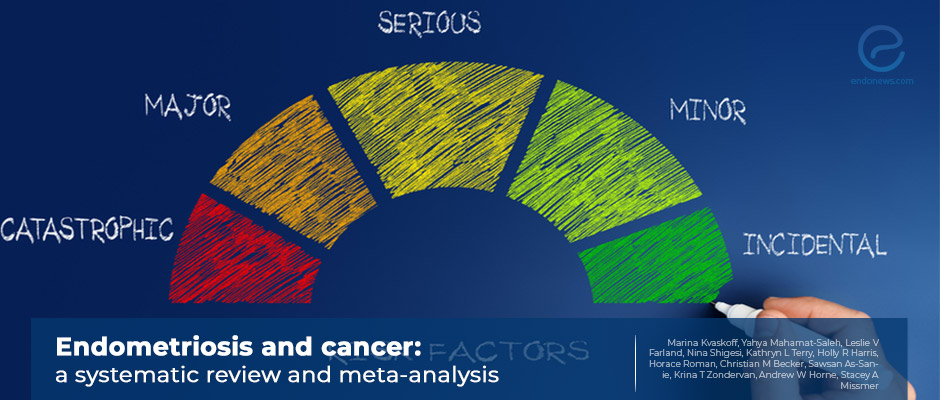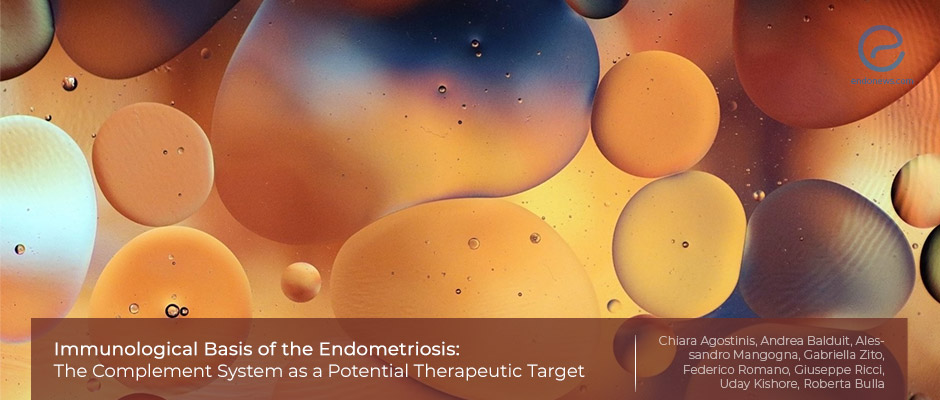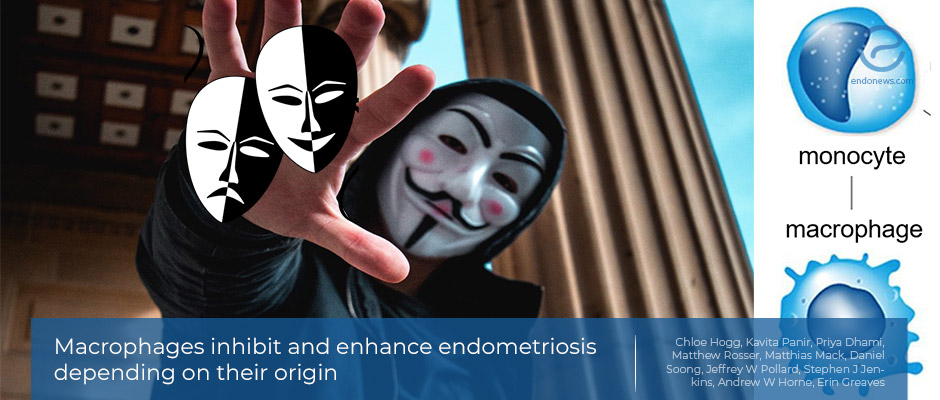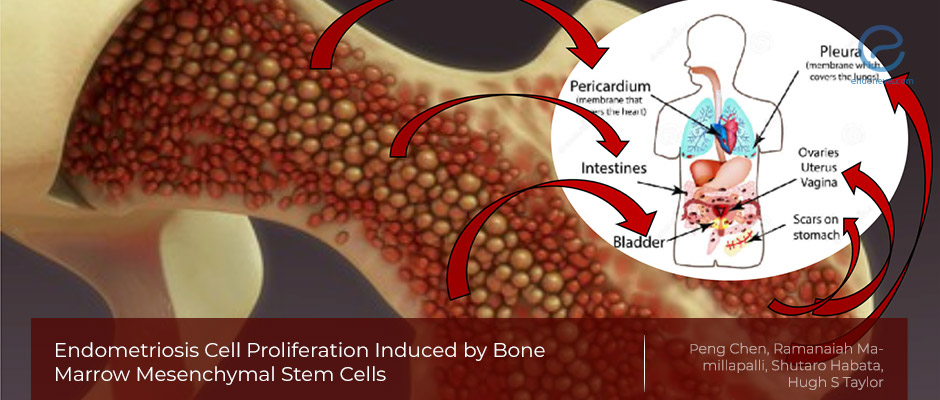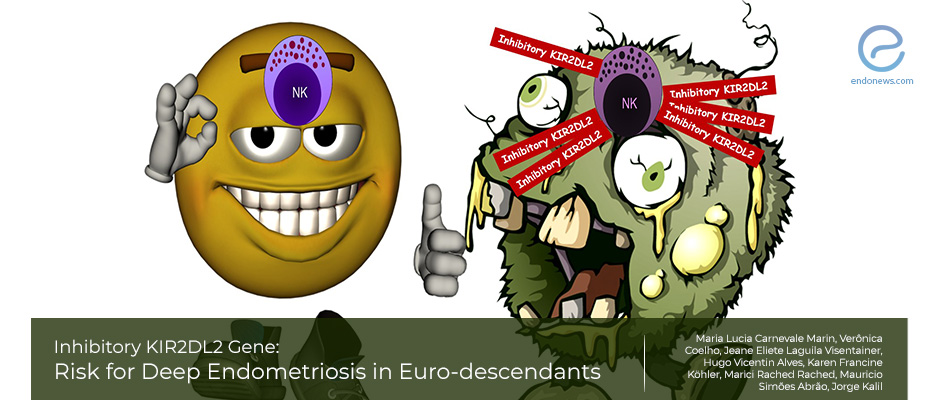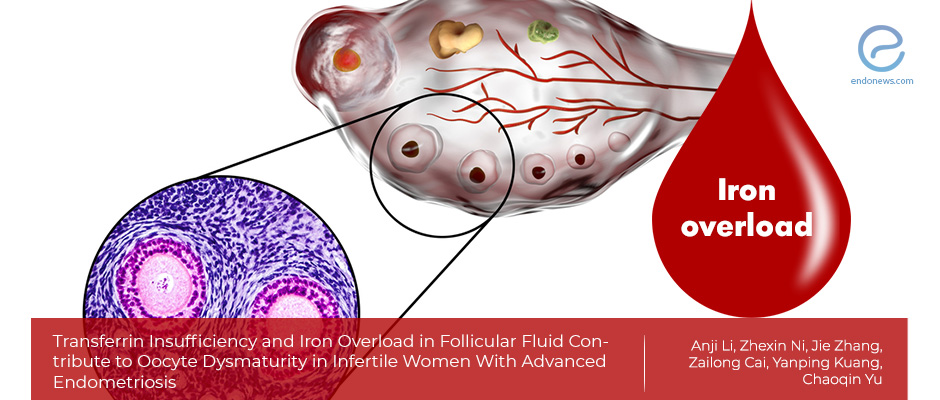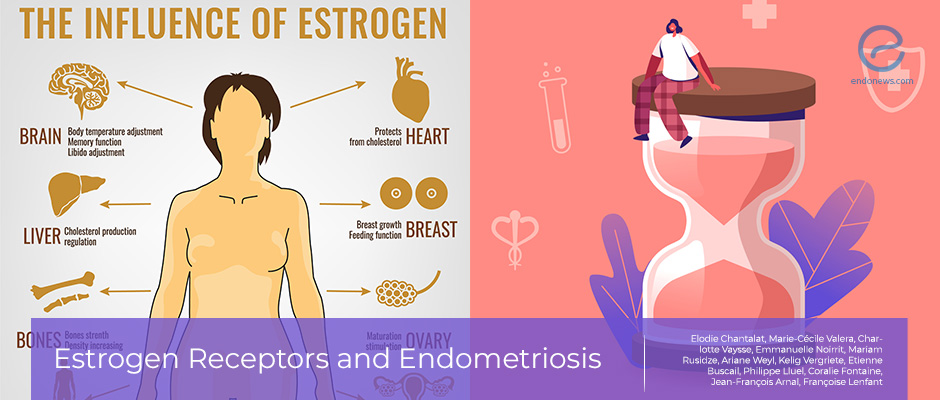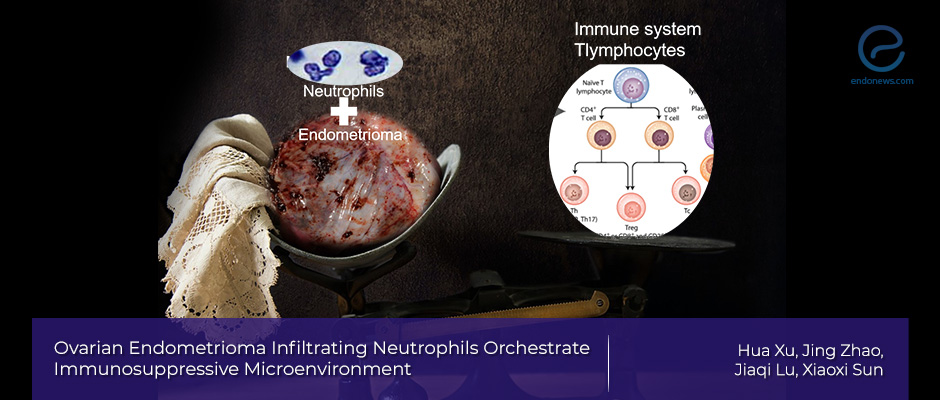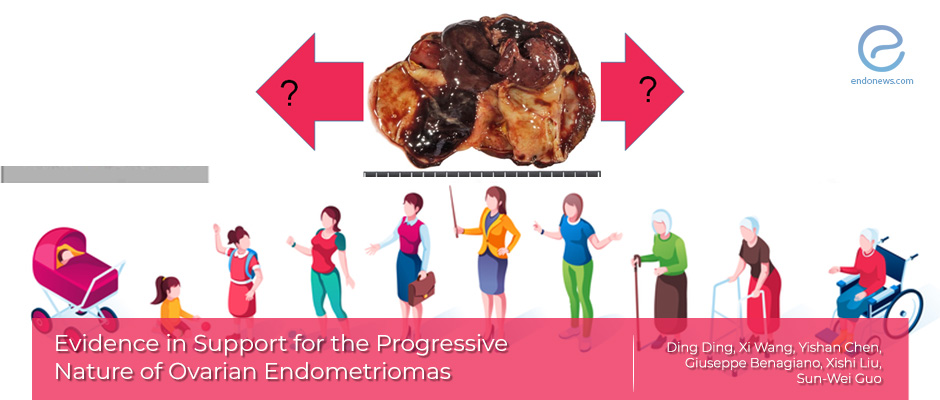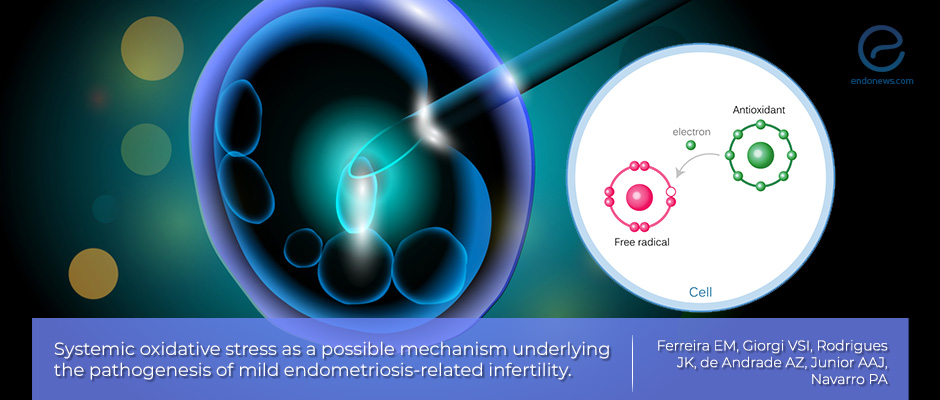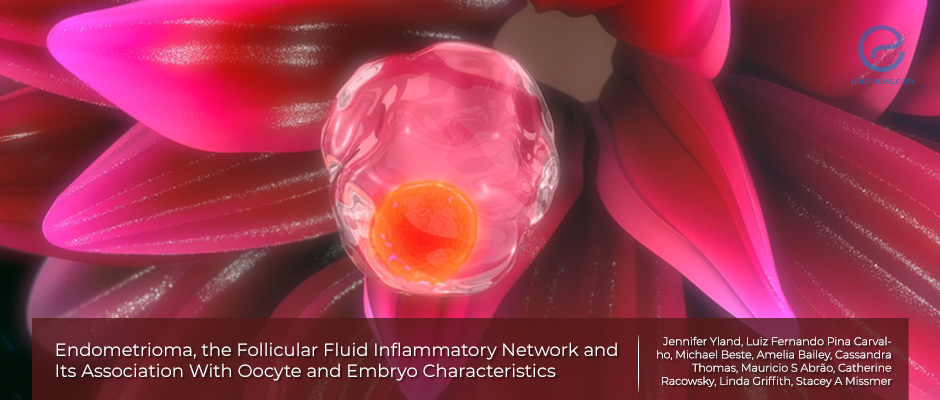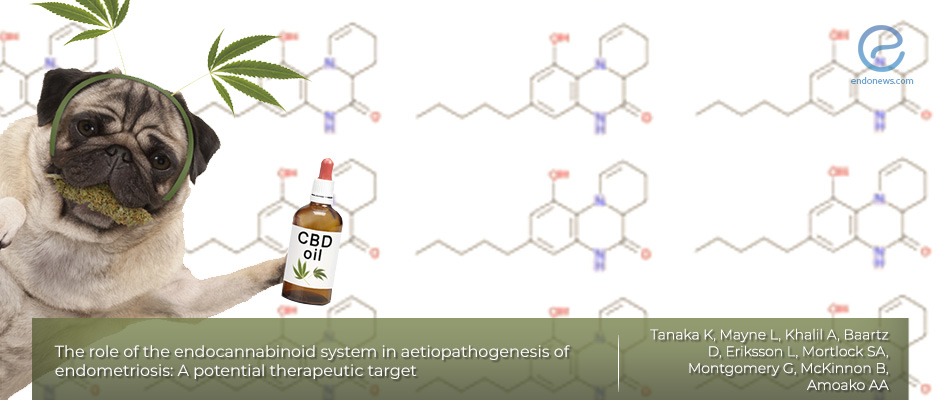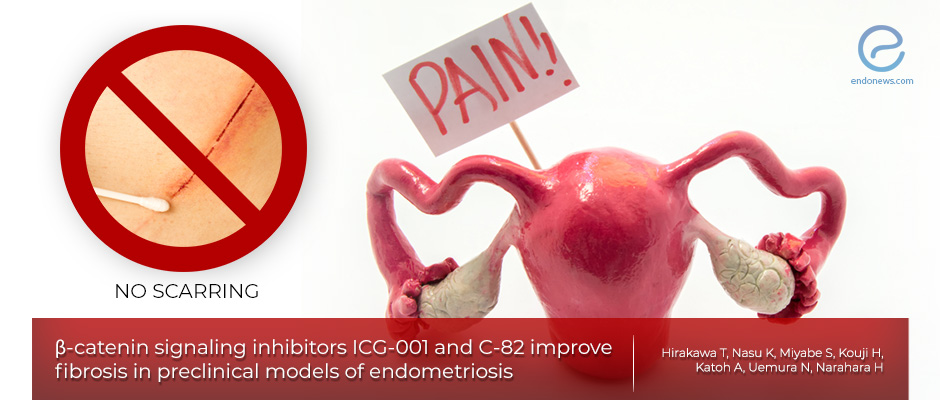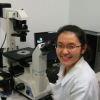 Yu Yu
Yu Yu
Dr. Yu holds her Ph.D. in experimental pharmacology from University of Sydney, Australia and was a postdoctoral research fellow at Gynecologic Pathology Laboratory at the Johns Hopkins University School of Medicine. She was the previous recipient of Outside-the-Box Grant from the HERA Women’s Cancer Foundation and Ann Schreiber Mentored Investigator Award from Ovarian Cancer Research Foundation. Dr. Yu is currently a senior research fellow at the School of Pharmacy and Curtin Health Innovation Research Institute, Curtin University, Western Australia where her studies focus on therapeutics and biomarkers development for gynecological conditions.
Cancer, is that a real risk?
Endometriosis is non-malignant but shares some similar features with cancer, such as the occurrence of local and distant foci, the ability to resist cell death, and the ability to invade other tissues, causing damage to the organs. Endometriosis also generates chronic local and systemic inflammation. Several studies have found that endometriosis is associated with a higher risk factor of certain cancers, especially ovarian cancer. Recent gene sequencing studies suggested that around 20% of ovarian endometriosis and deep endometriosis lesions have…
Key Points Lay Summary"Complement" of immune system and endometriosis therapeutics
The complement system is part of the body’s immune system, and plays integral roles in the recognition and clearance of pathogens, apoptotic and necrotic cells. It is composed of over 50 proteins with soluble activation precursor components, regulators and cell surface receptors. It functions to tag or flag non-self (pathogens), altered self (apoptotic/necrotic cells, and protein aggregates), and transformed self (tumour cells) antigens. Ultimately, their recognition leads to lysis of these targets, the subsequent uptake by phagocytic cells, and the…
Key Points Lay SummaryThe origin of macrophages determines the fate of endometriosis
Macrophages are diverse cells. They can present in all tissues of the body to perform crucial functions in immunity, homeostasis, repair and many more. Macrophages change their role depending on signals from their environment, and can therefore have a variety of tissue-specific functions. Recent data suggest that tissue-resident macrophages are derived from embryonic precursors and being maintained by longevity/self-renewal. Increasingly, it is believed that tissue-resident and monocyte-derived macrophages have distinct roles. For example, tissue-resident macrophages have tissue-specific homeostatic functions e.g.,…
Key Points Lay SummaryThe "metabolome" of follicular fluid in deep infiltrating endometriosis
Endometriosis encompasses three different phenotypes, being superficial endometriosis, deep infiltrating endometriosis (DIE), and ovarian endometrioma (OMA). The latter is the most severe form and has an unfavorable impact on ovarian function. Infertility associated with endometriosis has been linked to chronic inflammation and oxidative stress in the pelvic cavity. The disease has a negative impact on oocyte quality, which can impair implantation and embryonic development. Currently, the main selection criteria for oocytes and embryos for IVF include morphological aspects, which have…
Key Points Lay SummaryBad bad lipid go away!
Much like the progression of endometriosis, accumulating evidence suggests that systemic chronic inflammation and oxidative stress can contribute to atherosclerosis. The excess low-density lipoprotein increases inflammatory processes in the arteries, which may result in atherosclerosis. Previous studies have shown that women with endometriosis are more likely to have higher levels of low-density lipoprotein cholesterol and triglyceride, and a lower level of high-density lipoprotein cholesterol than non-endometriosis subjects. In addition, a relationship between endometriosis and hypercholesterolemia was also reported. However, the…
Key Points Lay SummaryWoof Woof – Bone marrow cells are coming
Bone marrow contains cells that can travel to multiple organ sites and differentiate into specific tissue cells. Bone marrow-derived stem cells have also been associated with the pathogenesis of endometriosis. These cells can affect epithelial and stromal cell regeneration both in eutopic endometrial tissue and endometriosis. However, how bone marrow-derived stem cell engraftment alters the endometrial-cell behavior is still poorly understood. This study by Chen et al. from the Department of Obstetrics, Gynecology and Reproductive Sciences, Yale School of Medicine, CT,…
Key Points Lay SummaryInhibiting killer on the move
The three main forms of endometriosis are superficial, ovarian, and deep endometriosis. The latter is defined by the presence of endometriotic nodules that are deeper than 5 mm. Deep endometriosis is considered the most aggressive and is associated with severe symptoms of pain and infertility. The immune system is increasingly found to be responsible for endometriosis because of its failure in eliminating refluxed endometrial fragments in the peritoneum. Research suggests that impaired immune function in women contributes to the inadequate…
Key Points Lay SummaryEndometriotic mesenchymal stem cells may promote endometriosis
The cause of endometriosis is still debatable. Many researchers have accepted that retrograde menstruation, where the endometrial fragments released during menstruation attach and colonize the ectopic locations, is the most plausible reason. However, the numbers just do not add up. Many women experience retrograde menstruation, but approximately only 10% of women develop endometriosis during reproductive age. Therefore, there must be other contributing factors. Cumulative evidence suggested that genetic, endocrine, immunological, and environmental factors are likely other culprits. In the past…
Key Points Lay SummaryHormone Therapy Before Endometriosis Surgery
Hormonal therapy can be effective for endometriosis, although laparoscopic surgery is required for the frequent drug-resistant symptoms. Laparoscopic surgery can markedly improve endometriosis-associated pain. The administration of GnRH agonist prior to endometriosis laparoscopic surgery may be beneficial to improve surgical outcomes and is sometimes recommended by some laparoscopic surgeons. However, the real benefit of preoperative GnRH agonist is controversial and needs to be weighed against its potential adverse events caused by reduced serum estradiol levels. Dienogest (DNG) is a selective…
Key Points Lay SummaryIron overload in follicular fluid in Endometriosis
Around 20-50% of women with endometriosis have an infertility issue. Assisted reproductive technology (ART) is a common procedure to assist women with endometriosis to become pregnant. However, one major problem remains that women with endometriosis tend to have fewer oocytes retrieval than women without endometriosis. The less number of oocytes in endometriosis indicates that inadequate ovarian response and dysmaturity of oocytes with endometriosis. Nonetheless, the mechanism of leading to oocytes dysmaturity in endometriosis is not well understood. Follicular fluid (FF)…
Key Points Lay SummaryEstrogen Receptors and Endometriosis: What do we know now?
It has been well known that endometriosis is closely associated with steroid hormone metabolism and pathways. Estradiol promotes the growth and progression of endometriotic tissue, together with the associated inflammation and pain-related symptoms. Excess estradiol in endometriosis is mainly produced locally by the endometriotic tissue. This is because of the higher expression of critical enzymes for estrogen biosynthesis in endometriotic tissue, including aromatase (CYP19A1) and steroidogenic acute regulatory protein (StAR). Unlike in endometriosis, normal endometrium does not have the ability…
Key Points Lay SummaryOpioids use in women with endometriosis, what does it tell us?
Endometriosis is a debilitating disease that can cause many painful symptoms such as dysmenorrhea, dyspareunia, infertility, chronic pelvic pain, abdominal pain, and sacral or low back pain. More than half of women diagnosed with endometriosis suffer from chronic pelvic pain. With the high frequency, health, societal, and economic burden, there are still limited medications that can effectively manage pain associated with endometriosis. Opioids are not clinically recommended for treating endometriosis pain as they have not been truly shown to be…
Key Points Lay SummaryWhite blood cell neutrophils link to immunosuppressive environment in ovarian endometrioma
Recently the contribution of neutrophils to the pathogenesis of endometriosis has been suggested. Several observations fuelled this suggestion, such as the accumulation of neutrophils in the peritoneal fluid of ovarian endometriosis; neutrophil extracellular traps were found in the peritoneal fluid of endometriosis patients; neutrophil regulation of cyclical endometrial vascular proliferation in human endometrium and neutrophil depletion reduced the severity of endometriotic lesions. So what are neutrophils? Neutrophils are white blood cells that form the first line of immune defense against microbial…
Key Points Lay SummaryProgressive nature of ovarian endometrioma
The effective management of endometriosis requires a proper understanding of how the condition progress as women age, especially for those women with early onset of endometriosis. Several studies have tried to characterize the evolution of endometriosis. Some of the key features that may convey about the history of ovarian endometriomas are color, size, and to a smaller extent, the invasion depth of the lesion. However, these factors are not always accurate. Previous studies suggested that asymptomatic endometriosis was rarely progressive,…
Key Points Lay SummaryOxidative stress leads to elevated cytokines, excessive structural damage and angiogenesis
Endometriosis is characterized by elevated intracellular reactive oxygen species, which is then believed to upregulate inflammatory cytokines. Reactive oxygen species also regulate the activation of nuclear factor kappa-light-chain-enhancer of activated B cells (NF-κB), which is closely linked with immune responses. Cytokines, which are secreted by immune cells, are produced by endometriotic implants, where they appear to have crucial roles in the development and progression of endometriosis. Cytokines may induce degradation of the extracellular matrix, which is carried out by matrix…
Key Points Lay SummaryFertility and Oxidative Stress
One of the characteristics of endometriosis is oxidative stress caused by an imbalance between the production of reactive oxygen species and their resolution by antioxidants. Increased oxidative stress can lead to the damage of proteins, lipids, DNA and other molecules. While current observation suggests that women with endometriosis have reduced fertility, the mechanisms for this, and the relation to oxidative stress is not clearly understood. Thus, it is difficult to develop effective pharmaceutical treatments to improve the natural fertility of…
Key Points Lay SummaryEndometrioma, follicular fluid, oocyte and embryo
It is estimated that infertility occurs in more than one-third of women with endometriosis. How endometriosis affects fertility, however, is not clearly known. The follicular fluid provides a microenvironment for oocyte development and impacts embryo quality. Thus, it is believed that changes in the composition of follicular fluid could affect fertility. The study by Yland et al. from the Department of Epidemiology, Harvard T.H. Chan School of Public Health, Boston, was published in Reproductive BioMedicine Online Journal and hypothesized that…
Key Points Lay SummaryUnderstanding endocannabinoid system in endometriosis
Endocannabinoids and their receptors are expressed throughout the body but have only been recently studied in depth since endocannabinoids were being discovered in 1992. In the female reproductive system, the cannabinoid receptor is expressed in the endometrium, the myometrium, the ovarian cortex, and the medulla and the uterine tubes, with functions in the menstrual cycle, ovarian maturation, embryo transplantation, and implantation. In addition, the endocannabinoid system has been shown to affect cell migration, cell proliferation, cell survival, and inflammation, which…
Key Points Lay SummaryStrength exercise may not be helpful for the management of endometriosis-related pain
Women with endometriosis often suffer from pelvic pain, although the disease severity is not correlated with pain intensity. Research in pain symptoms suggests that several neuromodulatory events are involved, including reduced peripheral induced pain thresholds and significant changes to the central nervous system. Interestingly, recent studies also suggested that physical exercise can reduce clinical pain. Reduced sensitivity to pain stimuli can be promoted by aerobic and anaerobic exercises, although it is yet unclear why this is the case. Therefore, physical…
Key Points Lay Summaryβ-catenin signaling, a new therapeutic target in endometriosis
Endometriosis is characterized by cell proliferation, resistance to cell death and fibrotic scarring. It is treated by surgical removal of the peritoneal lesions and ovarian cysts or using hormonal agents. However, the success of the current treatment is limited by high recurrence. Thus, there is a need for more effective therapy. This article published in "Scientific Reports" by Harakawa et al. from the Department of Obstetrics and Gynecology, Faculty of Medicine, Oita University, Oita, Japan investigated new inhibitors, ICG-001 and…
Key Points Lay Summary